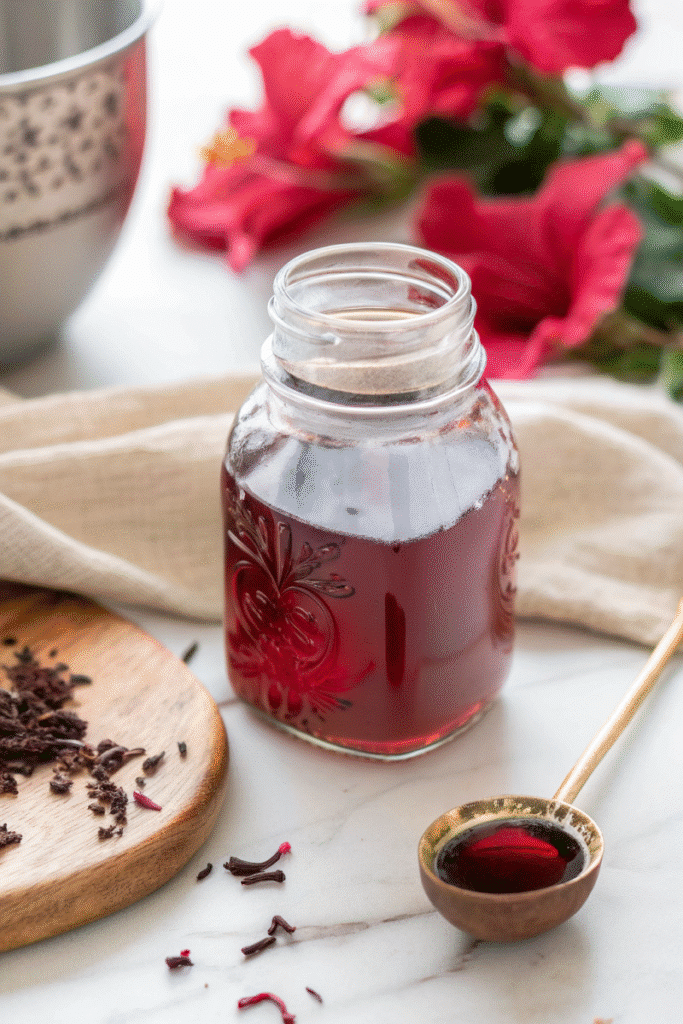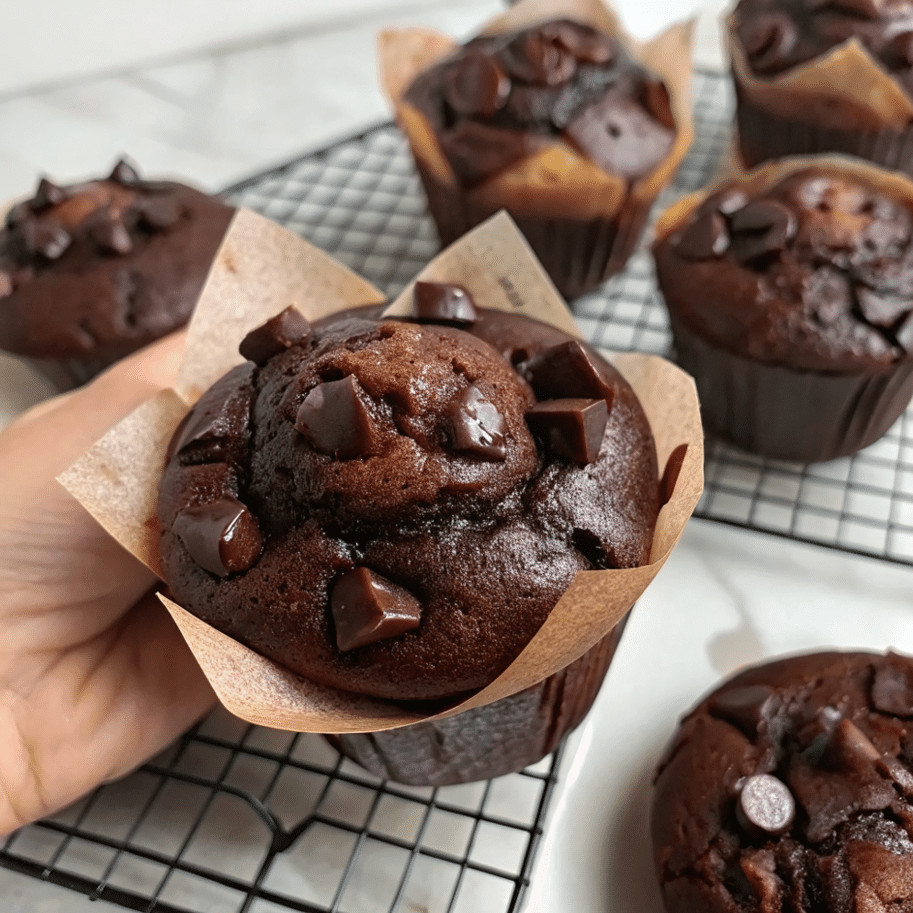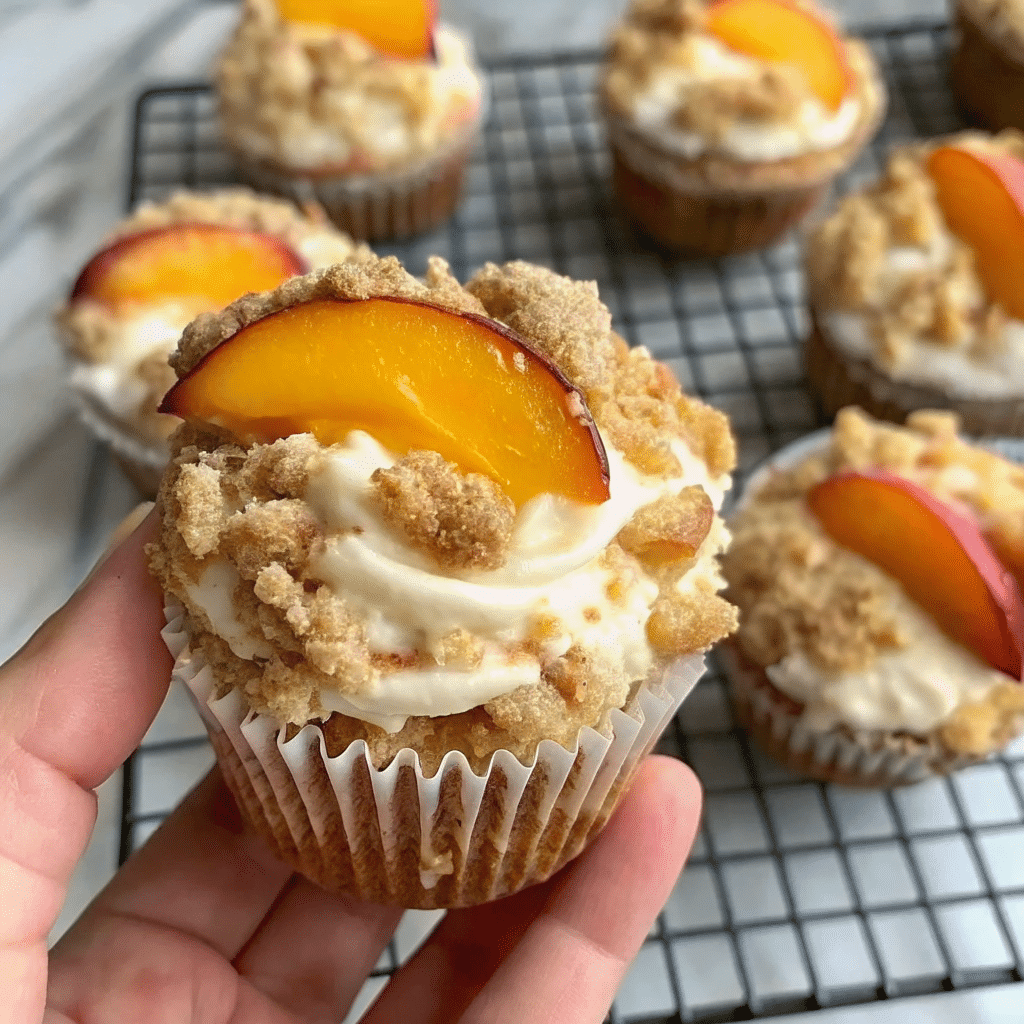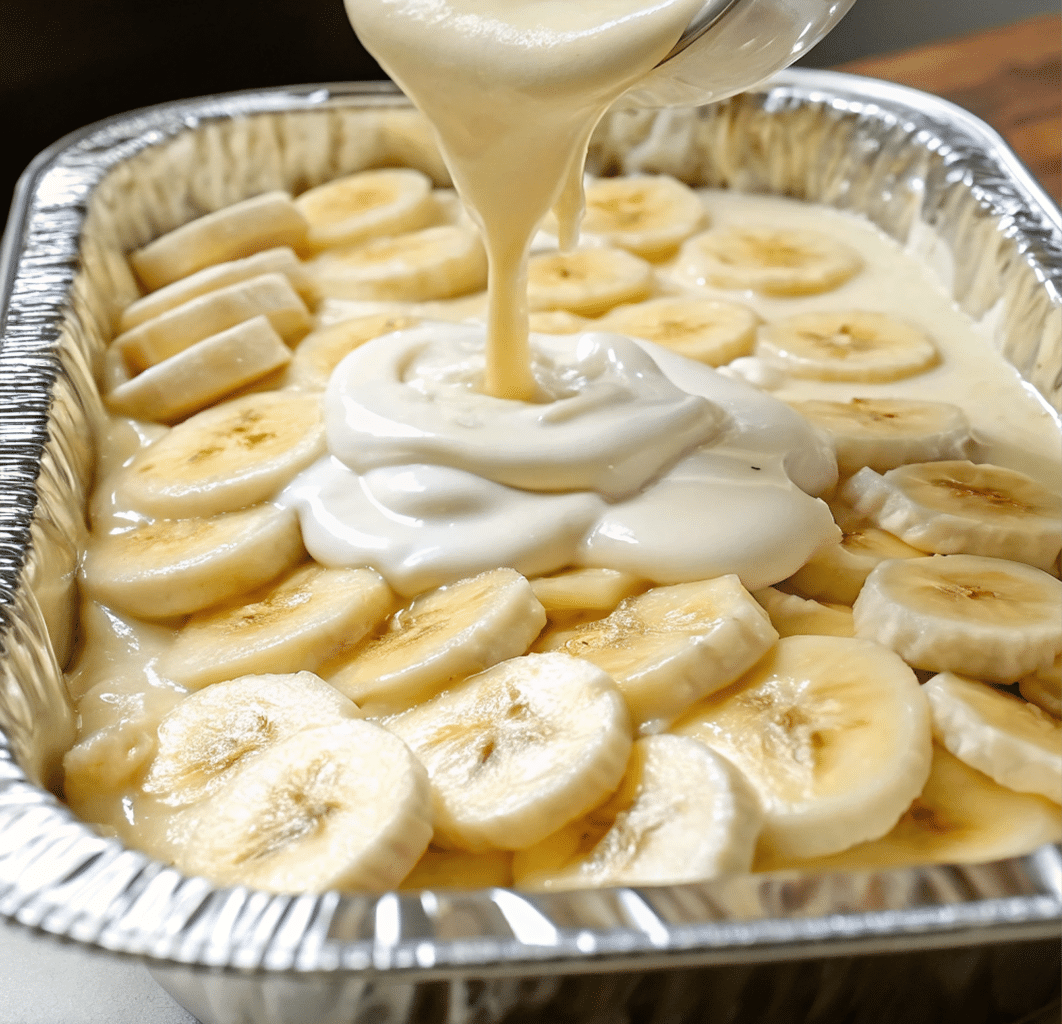Sweet, floral, and bursting with tangy goodness, hibiscus syrup is the vibrant liquid gold you didn’t know your pantry needed. Whether you’re crafting stunning cocktails, glazing pastries, or drizzling it over fruit, this simple syrup packs both flavor and flair. In this guide, you’ll learn how to make hibiscus syrup at home, discover its many uses, and explore flavor pairings that elevate its tropical charm.

Table of Contents
Looking for inspiration? Try other vibrant ingredients like infused syrups or natural flower extracts.
Let’s dive into everything you need to know about this colorful syrup—from its cultural roots to creative recipe variations.
Introduction to Hibiscus Syrup
What is Hibiscus Syrup?
Hibiscus syrup is a ruby-red, tangy-sweet syrup made from dried hibiscus petals (often known as flor de Jamaica in Latin America). It’s a simple syrup at its core, crafted by boiling dried hibiscus flowers with water and sugar, then straining out the solids. The result is a thick, glossy elixir that’s bold in both taste and appearance.
In many cultures, especially Mexican, Caribbean, African, and Middle Eastern, hibiscus tea or syrup plays a prominent role in both culinary and medicinal traditions. Its deep crimson color is naturally derived and completely chemical-free, making it ideal for health-conscious chefs and mixologists.
Brief History and Cultural Relevance
The use of hibiscus in beverages dates back centuries, with origins in ancient Egypt and West Africa. In Mexico, hibiscus—locally called “Jamaica”—is a staple in aguas frescas, especially during holidays. Meanwhile, in the Caribbean, it’s a key ingredient in festive punches and health tonics.
Hibiscus syrup evolved as a way to preserve the flavors of the petals year-round. Its popularity has surged recently thanks to its exotic taste and Instagram-worthy color—ideal for foodies looking to add visual and sensory flair to their dishes.
Today, you’ll find hibiscus syrup featured in everything from gourmet cocktails and iced teas to glazes for cakes and marinades. It’s become a beloved favorite among home cooks and bartenders alike.
Ingredients and Nutritional Value
Core Ingredients in Homemade Hibiscus Syrup
Crafting hibiscus syrup at home doesn’t require exotic tools or hard-to-find ingredients. In fact, the simplicity of the recipe is part of what makes it so popular.
Here’s what you’ll need to make a basic hibiscus syrup:
| Ingredient | Quantity | Purpose |
|---|---|---|
| Dried Hibiscus Flowers | ⅓ cup | Provides flavor, color, and aroma |
| Water | 1½ cups | Acts as the base of the syrup |
| Sugar | ¾ cup (or 1:1 ratio) | Sweetens and preserves the syrup |
Pro Tip: For a more intense flavor, steep the hibiscus longer or use slightly more petals. If you prefer a more tart or less sugary taste, adjust the sugar ratio or substitute with agave nectar or honey.
These three ingredients are not only pantry staples in many homes, but they also make this recipe affordable and easy to whip up in less than 30 minutes.
Nutritional Breakdown (Per Ounce)
Hibiscus syrup isn’t just flavorful—it’s relatively light, especially when used in moderation. Here’s the nutritional information for a 1-ounce serving:
| Nutrient | Amount |
|---|---|
| Calories | 72 kcal |
| Carbohydrates | 19 g |
| Sugars | 19 g |
| Fat | 0.1 g |
| Sodium | 3 mg |
| Potassium | 2 mg |
| Vitamin A | 29 IU |
| Calcium | 2 mg |
| Iron | 0.02 mg |
This syrup is free of preservatives, artificial dyes, or flavor enhancers—just pure floral goodness. It’s also naturally vegan and gluten-free, making it suitable for a wide range of diets.
Discover great ideas like using hibiscus in tea blends or as a natural food dye in homemade desserts.
While it’s not exactly a health tonic due to its sugar content, hibiscus syrup offers a nice alternative to processed syrups or artificially flavored mixers.
How to Make Hibiscus Syrup at Home
Step-by-Step Hibiscus Syrup Recipe
Making hibiscus syrup at home is easy, quick, and incredibly rewarding. Here’s a foolproof step-by-step guide using ingredients you probably already have:

Ingredients:
- ⅓ cup dried hibiscus flowers
- 1½ cups water
- ¾ cup sugar (or measure to match the strained liquid volume)
Instructions:
- Boil the Flowers
In a medium saucepan, combine the hibiscus petals with the water. Bring it to a boil over medium-high heat, then reduce to a simmer and let it steep for 15 minutes. This allows the hibiscus to fully release its flavor and deep red color. - Strain the Liquid
Remove the saucepan from heat and strain the liquid through a fine-mesh sieve or cheesecloth. Discard the flower solids. - Measure and Sweeten
Measure the amount of liquid you have (usually around 1 cup). Return it to the pot, and add an equal volume of sugar. Stir over medium heat until the sugar dissolves completely. This ensures your syrup is thick and shelf-stable. - Cool and Store
Remove from heat and let it cool to room temperature. Pour into a clean, airtight glass container—like a mason jar. Store it in the fridge for up to one month.
Don’t miss our simple syrup preservation guide for long-term storage tips.
Expert Tips for Perfect Consistency and Flavor
- Use Filtered Water – This enhances clarity and prevents unwanted flavors.
- Avoid Over-Steeping – 15 minutes is ideal. Longer may turn it bitter.
- Use Organic Hibiscus – Always opt for food-grade, organic hibiscus to avoid pesticides or chemical residues.
- Flavor Add-Ins – Add a strip of orange peel, a piece of ginger, or even a cinnamon stick during the simmering stage for extra depth.
Looking for inspiration? Try our flavored syrup variations like ginger-lime hibiscus or tropical mango-infused hibiscus.
Making your own hibiscus syrup lets you control the ingredients, flavor strength, and sugar levels—something store-bought versions just can’t match.
The Flavor Profile of Hibiscus Syrup
What Does Hibiscus Syrup Taste Like?
One of the reasons hibiscus syrup is so beloved is its bold, layered flavor. It strikes a delightful balance between tangy, sweet, and floral, often compared to cranberry with a hint of raspberry or pomegranate. This makes it incredibly versatile—it’s refreshing enough for summer drinks yet rich enough to pair with spiced winter cocktails.
Some describe its taste as slightly tart with earthy undertones, giving it a natural, almost wine-like complexity. The syrup carries a deep, ruby-red hue that’s as eye-catching as it is flavorful, making it an instant hit in both beverages and plated desserts.
When used in small amounts, hibiscus syrup adds a bright pop of acidity. In larger quantities, it brings a sweet and floral depth that pairs beautifully with both citrus and spice.
Why People Love the Sweet-Tart Kick
The sweet-tart profile of hibiscus syrup isn’t just for show—it plays a functional role in balancing recipes. Here’s why so many chefs and mixologists love using it:
- Balances Sweetness: In cocktails and mocktails, hibiscus provides a refreshing tartness that offsets overly sweet components like grenadine or fruit juices.
- Adds Depth: In desserts, it enhances both fruit and cream-based dishes with a fragrant floral base.
- Enhances Presentation: Its deep red color gives visual drama to everything from icing to glazes.
Check out our hibiscus dessert toppings guide to discover ways to incorporate syrup into your baking.
Hibiscus syrup has earned its place as a pantry essential for anyone who enjoys exploring natural, botanical ingredients in the kitchen.
Best Uses for Hibiscus Syrup
Cocktails and Mocktails

Thanks to its vibrant color and tart-sweet flavor, hibiscus syrup is a favorite among bartenders and home mixologists alike. It blends well with a wide range of spirits, adding a floral twist and stunning hue to drinks. Here are some classic and creative ways to use it:
- Hibiscus Margarita – Replace simple syrup with hibiscus syrup for a deeper flavor and a crimson twist.
- Hibiscus Mojito – Muddle mint, lime, and hibiscus syrup with rum and soda for a floral-fresh take.
- Sparkling Hibiscus Lemonade – Mix lemon juice, hibiscus syrup, and soda water for a non-alcoholic refresher.
| Drink Idea | Spirit/Base | Best Pairing Notes |
|---|---|---|
| Hibiscus Mule | Vodka | Ginger, lime |
| Spiked Hibiscus Iced Tea | Bourbon or Rum | Lemon, cinnamon |
| Hibiscus Fizz | Gin | Mint, tonic, citrus peel |
Learn more about mixing floral syrups in artisan cocktails with our expert mixology guide.
Desserts and Savory Pairings
Beyond drinks, hibiscus syrup elevates a variety of dishes with its aromatic complexity and gorgeous color. Here’s how to get creative:
- Pancake or Waffle Drizzle – Add over breakfast for a floral upgrade.
- Cake Glazes – Combine hibiscus syrup with powdered sugar for a stunning glaze.
- Ice Cream Topping – A perfect match for vanilla, coconut, or lemon flavors.
- Fruit Salads – Drizzle over melon, berries, or citrus fruits for added zing.
- Savory Sauces – Reduce it further and mix with vinegar or soy sauce for a floral-savory glaze over grilled chicken or pork.
Discover great ideas like hibiscus-glazed chicken in our floral fusion cooking section.
Its unique flavor can either lead the recipe or play a subtle supporting role, depending on how much you use. A little goes a long way when you’re working with an ingredient this bold.
Storage, Shelf Life & Safety Tips
How to Store Hibiscus Syrup Properly
Proper storage is crucial to keep your homemade hibiscus syrup fresh, flavorful, and safe to use over time. Since the syrup contains sugar and no preservatives, following safe storage practices ensures it maintains its rich color and bold flavor.
Best practices for storage:
- Use Sterilized Glass Jars: Always store hibiscus syrup in sterilized, food-safe containers such as glass mason jars. Avoid plastic, which can absorb and transfer flavors.
- Refrigerate Immediately: After the syrup has cooled to room temperature, seal the jar tightly and store it in the refrigerator.
- Label Your Batch: Mark the jar with the date you made the syrup so you can monitor freshness.
Shelf Life Table:
| Storage Method | Shelf Life | Notes |
|---|---|---|
| Refrigerator (sealed) | Up to 1 month | Keep chilled and avoid contamination |
| Room Temperature | Not recommended | May ferment or spoil quickly |
| Freezer (ice cube trays) | Up to 6 months | Great for small portion use |
Check out our home syrup safety checklist for food-safe storage techniques.
Tips to Maximize Freshness and Shelf Life
- Avoid Cross-Contamination: Never dip used spoons or fingers into the jar. Always use a clean utensil.
- Use Fresh Hibiscus: Always buy food-grade dried hibiscus flowers from a trusted source to avoid mold and pesticide residue.
- Add Citrus or Alcohol (Optional): A splash of lemon juice or a spoonful of vodka can act as a natural preservative.
Signs your hibiscus syrup has gone bad:
- Cloudiness or mold inside the jar
- Sour or fermented smell
- Change in color or texture
Discover great ideas like freezing hibiscus syrup into cubes for quick cocktails or iced teas.
These tips help you safely enjoy your vibrant syrup for weeks—or even months—with zero waste and maximum taste.
Health Benefits of Hibiscus Flowers
Potential Antioxidant and Heart Benefits
While hibiscus syrup is sweet and indulgent, its base ingredient—dried hibiscus flowers—offers several well-documented health benefits. Traditionally used in teas and herbal remedies across the globe, hibiscus is rich in powerful plant compounds that may promote wellness when consumed in moderation.
Key health benefits of hibiscus include:
| Benefit | Details |
|---|---|
| Rich in Antioxidants | Contains anthocyanins and polyphenols that combat oxidative stress |
| Supports Heart Health | May help lower blood pressure and cholesterol levels |
| Anti-Inflammatory Effects | Shown to reduce markers of inflammation in some studies |
| Natural Diuretic | May help eliminate excess sodium and reduce bloating |
| Aids in Weight Management | Some evidence suggests it helps lower body fat when paired with a healthy diet |
Even though hibiscus syrup includes sugar, using it in moderation allows you to enjoy some of these plant-powered benefits without overdoing your daily sugar intake.
Learn more about hibiscus tea and heart health in our natural wellness remedies series.
Scientific Backing and Cautions
Research suggests that hibiscus extract or tea may be helpful in supporting healthy blood pressure and liver function. A study published in the Journal of Nutrition found that participants who drank hibiscus tea daily saw modest reductions in systolic blood pressure.
However, it’s important to remember:
- Sugar Neutralizes Some Benefits: When hibiscus is made into syrup, the added sugar may counteract its weight-loss or blood pressure benefits.
- Drug Interactions: Hibiscus may interact with medications like hydrochlorothiazide or acetaminophen. If you’re on medication, consult a doctor.
- Pregnancy Caution: In large amounts, hibiscus may affect hormone levels or uterine activity—best to avoid it during pregnancy unless advised otherwise.
Looking for inspiration? Try our sugar-free hibiscus tea recipe for a health-focused option.
In moderation, hibiscus syrup can be both flavorful and functional. It’s a delicious way to enjoy the floral benefits of this ancient plant without compromising on taste.
Variations and Twists on the Classic Recipe
Hibiscus-Lime, Hibiscus-Ginger, and More

One of the most exciting things about making hibiscus syrup at home is how easily you can customize it. Whether you’re aiming for a spicier blend, a citrusy kick, or even a tropical vibe, a few tweaks can take the classic recipe to the next level.
Here are some creative hibiscus syrup variations you can try:
| Variation | Add-Ins | Flavor Profile |
|---|---|---|
| Hibiscus-Lime | Zest + juice of 1 lime | Tangy and refreshing |
| Hibiscus-Ginger | 2-inch knob of sliced fresh ginger | Warm and spicy |
| Hibiscus-Vanilla | ½ tsp vanilla extract | Smooth and floral |
| Hibiscus-Cinnamon | 1 cinnamon stick | Sweet-spiced and aromatic |
| Tropical Hibiscus | Pineapple juice (½ cup) + orange zest | Fruity and bold |
Check out our flavored syrup DIY collection for more bold twists like mango-hibiscus and hibiscus-chili.
To make these variations, simply add the extra ingredients during the boiling/simmering stage along with the hibiscus petals. Strain everything together, then proceed with the sugar step as usual.
How to Experiment with Your Own Syrups
If you’re feeling adventurous, hibiscus syrup is a fantastic base for experimentation. Here are a few tips to help you develop your own signature blend:
- Layer Flavors: Try adding both a spice (like star anise) and a citrus note (like grapefruit peel) for depth.
- Infuse Alcohol: Add a few tablespoons of rum or vodka to the finished syrup for a boozy version ideal for cocktails.
- Adjust Sweetness: Use honey or coconut sugar instead of white sugar for a unique taste and healthier profile.
Don’t miss our guide to creating signature floral syrups for your bar or pantry.
Once you’ve mastered the base recipe, hibiscus syrup becomes a blank canvas for all kinds of culinary creativity—whether you’re flavoring a latte, glazing a cake, or building a showstopping cocktail.
Add a Splash of Color and Flavor with Homemade Hibiscus Syrup
Hibiscus syrup isn’t just another sweetener—it’s a flavor-forward, visually stunning, and wildly adaptable ingredient that deserves a spot in your kitchen. Whether you’re enhancing drinks, elevating desserts, or experimenting with savory glazes, this simple syrup opens a world of botanical creativity.
Made from just three ingredients and ready in under half an hour, it’s the perfect entry point for anyone looking to explore floral and fruit-forward syrups. Plus, it comes with the added bonus of antioxidants and heart-friendly compounds—when used mindfully.
Studies have shown hibiscus may support heart health and blood pressure levels. According to Cleveland Clinic, hibiscus contains antioxidants that help fight inflammation.
Discover more recipes in our collection
Frequently Asked Questions About Hibiscus Syrup
How to make hibiscus syrup at home?
To make hibiscus syrup at home, simmer ⅓ cup of dried hibiscus petals in 1½ cups of water for 15 minutes. Strain the mixture, measure the remaining liquid, then stir in an equal amount of sugar until dissolved. Cool and store in the refrigerator in a sealed glass jar. It’s simple, takes under 30 minutes, and delivers bold flavor and color.
What do you do with hibiscus syrup?
Hibiscus syrup is incredibly versatile. You can:
Mix it into cocktails and mocktails
Drizzle over pancakes, waffles, or yogurt
Glaze cakes or cookies
Add it to salad dressings or marinades
Swirl into lemonade, tea, or soda for a splash of flavor and color
What flavors pair best with hibiscus?
The best pairings for hibiscus include citrus fruits (lime, orange), tropical fruits (mango, pineapple), warming spices (ginger, cinnamon), and herbs like mint and basil. Hibiscus has a tart, cranberry-like flavor that balances beautifully with sweet, spicy, and citrusy profiles.
What does hibiscus syrup taste like?
Hibiscus syrup has a tart, fruity flavor with floral and berry-like undertones. It’s often compared to cranberry, with hints of raspberry or pomegranate. It delivers a rich taste and a vibrant red color, making it ideal for both visual appeal and taste balance.

Hibiscus Syrup
This vibrant, tangy-sweet hibiscus syrup is made with dried hibiscus flowers, sugar, and water. It’s perfect for cocktails, desserts, lemonades, and more. A gorgeous ruby-red color and bold floral flavor make it a showstopper in any recipe.
- Total Time: 30 minutes
- Yield: 8
Ingredients
⅓ cup dried hibiscus flowers (food-grade)
1½ cups water (filtered preferred)
¾ cup sugar (or equal to strained liquid volume)
Instructions
Add hibiscus flowers and water to a medium saucepan. Bring to a boil over medium-high heat.
Reduce heat and simmer for 15 minutes.
Remove from heat. Strain the liquid through a fine-mesh sieve or cheesecloth to discard flowers.
Measure the strained liquid. Return it to the pot and add an equal volume of sugar.
Heat gently, stirring until the sugar is fully dissolved. Do not boil.
Let the syrup cool to room temperature.
Pour into a sterilized glass jar or bottle and seal tightly.
Store in the refrigerator for up to 1 month.
Notes
For a flavor twist, try adding ginger slices, orange peel, or a cinnamon stick during the simmering stage.
Freeze leftovers in ice cube trays for easy portioning in drinks.
Use the syrup in cocktails, iced teas, desserts, pancakes, or glazes.
- Prep Time: 10 minutes
- Cook Time: 20 minutes
- Category: Simple Syrups
- Method: Stovetop
- Cuisine: Mexican





